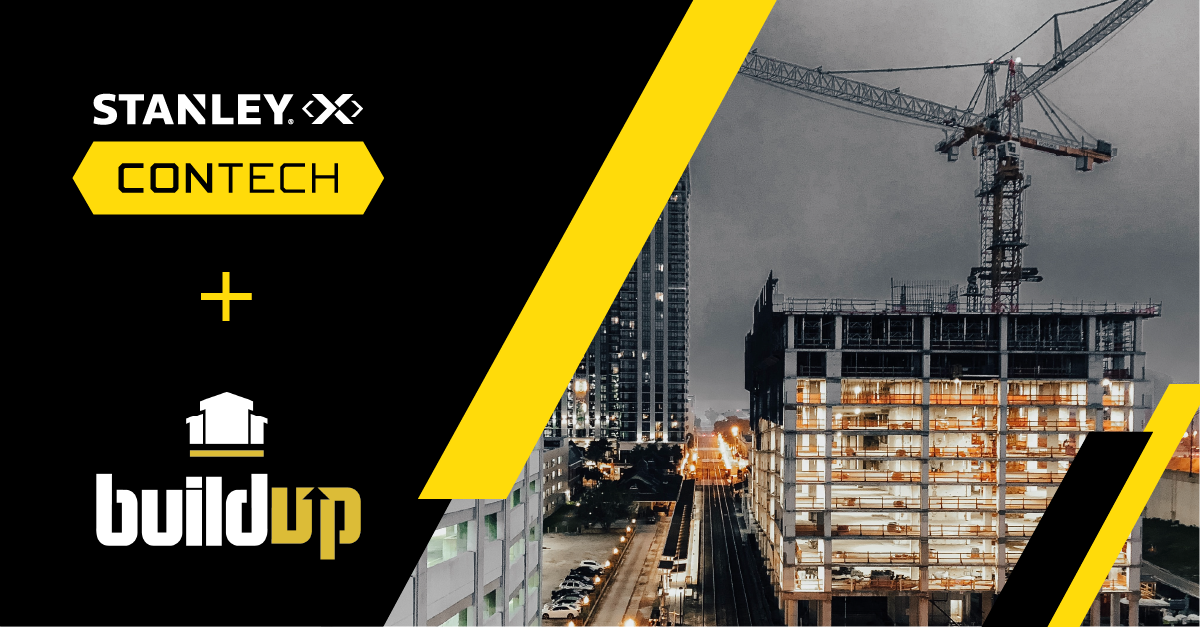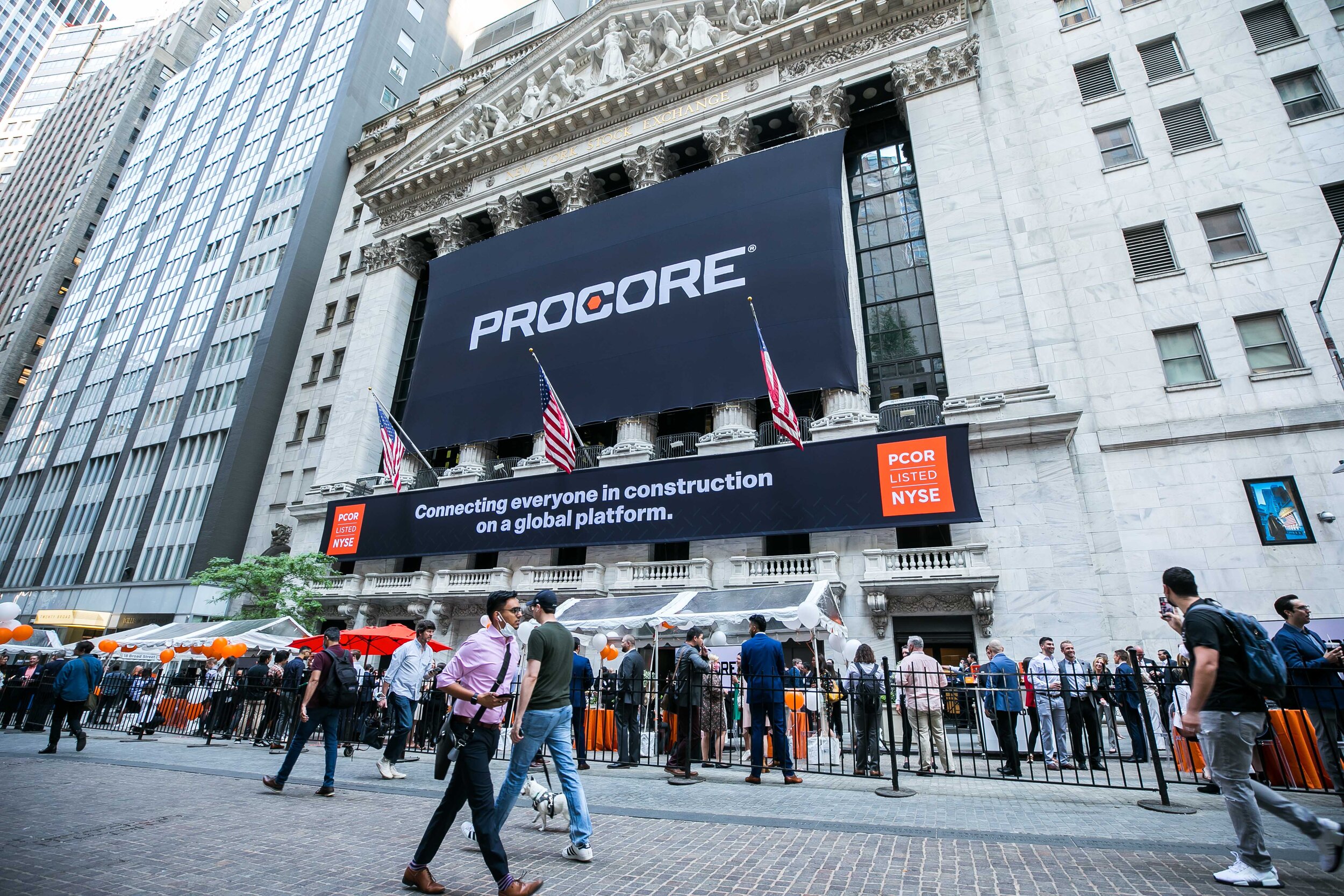Back in 2015, engineers at MX3D made a huge announcement: they were going to 3D print a steel pedestrian bridge on-site. That plan has been altered slightly in the nearly 3 years since the announcement, but the group recently completed printing the full span of the bridge.
The ribbon cutting ceremony for the printers was held in late 2015 with a major change to the original design. Instead of printing on-site, the robots were now going to print the structure off-site, citing high traffic issues in the bridge’s final location. Although the ribbon cutting ceremony was held in 2015, the printing was not started until 2017.
It took 4 robots a total of 6 months to complete the 41 foot long, 20 foot wide span of the bridge. Nearly 10,000 pounds of steel was printed using roughly 683 miles of wire. When complete, the bridge will be installed in the Red Light District of Amsterdam over the Oudezijds Achterburgwal canal.
The next step for MX3D is to test the structural integrity of the bridge. As we’ve seen recently after the collapse in Florida, a pedestrian bridge collapse can have devastating consequences. To test the 3D printed bridge, a network of smart sensors has been installed on the structure, which allows the engineers to make a “digital twin” of the bridge. Gizmodo reported that, since this is the first 3D printed steel bridge that has existed, MX3D is working with the city to create a new safety standard for the category.
“Last Thursday we tested out the bridge with 30 people, and it was fine. It behaves like a bridge like it should,” MX3D co-founder Gijs van der Velden told Gizmodo in an interview. “With the bridge deck on top, it will be even stronger.”
The bridge is scheduled to be installed early next year. Check out the video below to see what it looks like...
What do you think of the design? Gizmodo thinks it looks like it broke off an alien mothership,” which is honestly pretty accurate.
Full story: The First 3D-Printed Steel Bridge Looks Like It Broke Off an Alien Mothership | Gizmodo











In the midst of fierce discourse over the bipartisan infrastructure bill lies a unique opportunity for the United States.